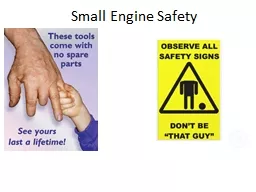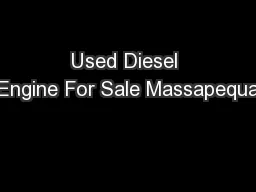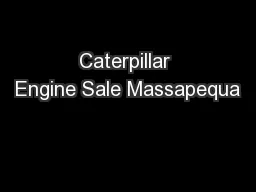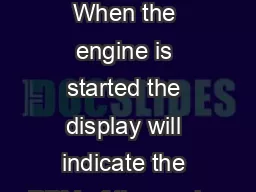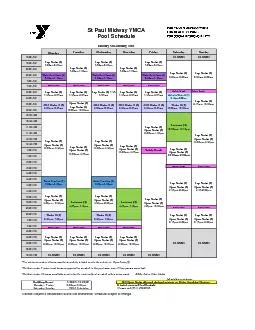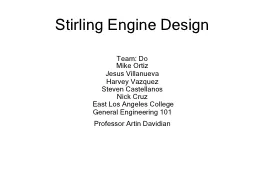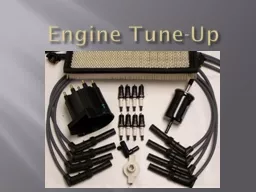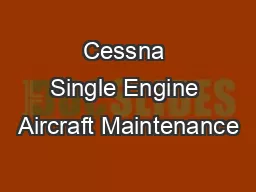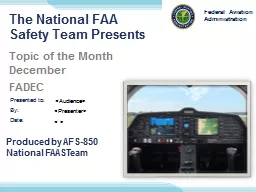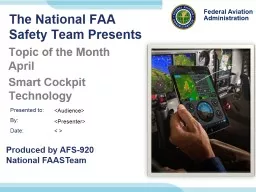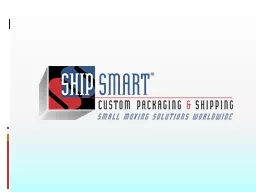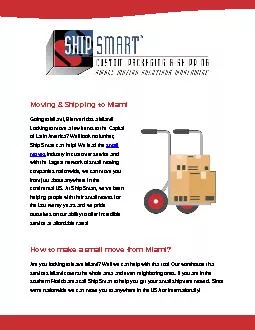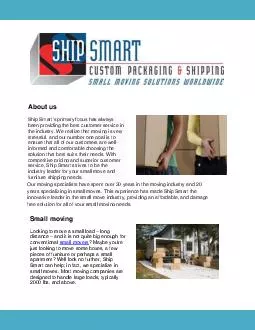PPT-Small Engine Safety
Author : olivia-moreira | Published Date : 2016-03-19
Vocabulary Safety state or condition of being safe freedom from dangers risk or injury Accident any suddenly occurring unintentional event which causes injury
Presentation Embed Code
Download Presentation
Download Presentation The PPT/PDF document "Small Engine Safety" is the property of its rightful owner. Permission is granted to download and print the materials on this website for personal, non-commercial use only, and to display it on your personal computer provided you do not modify the materials and that you retain all copyright notices contained in the materials. By downloading content from our website, you accept the terms of this agreement.
Small Engine Safety: Transcript
Download Rules Of Document
"Small Engine Safety"The content belongs to its owner. You may download and print it for personal use, without modification, and keep all copyright notices. By downloading, you agree to these terms.
Related Documents

